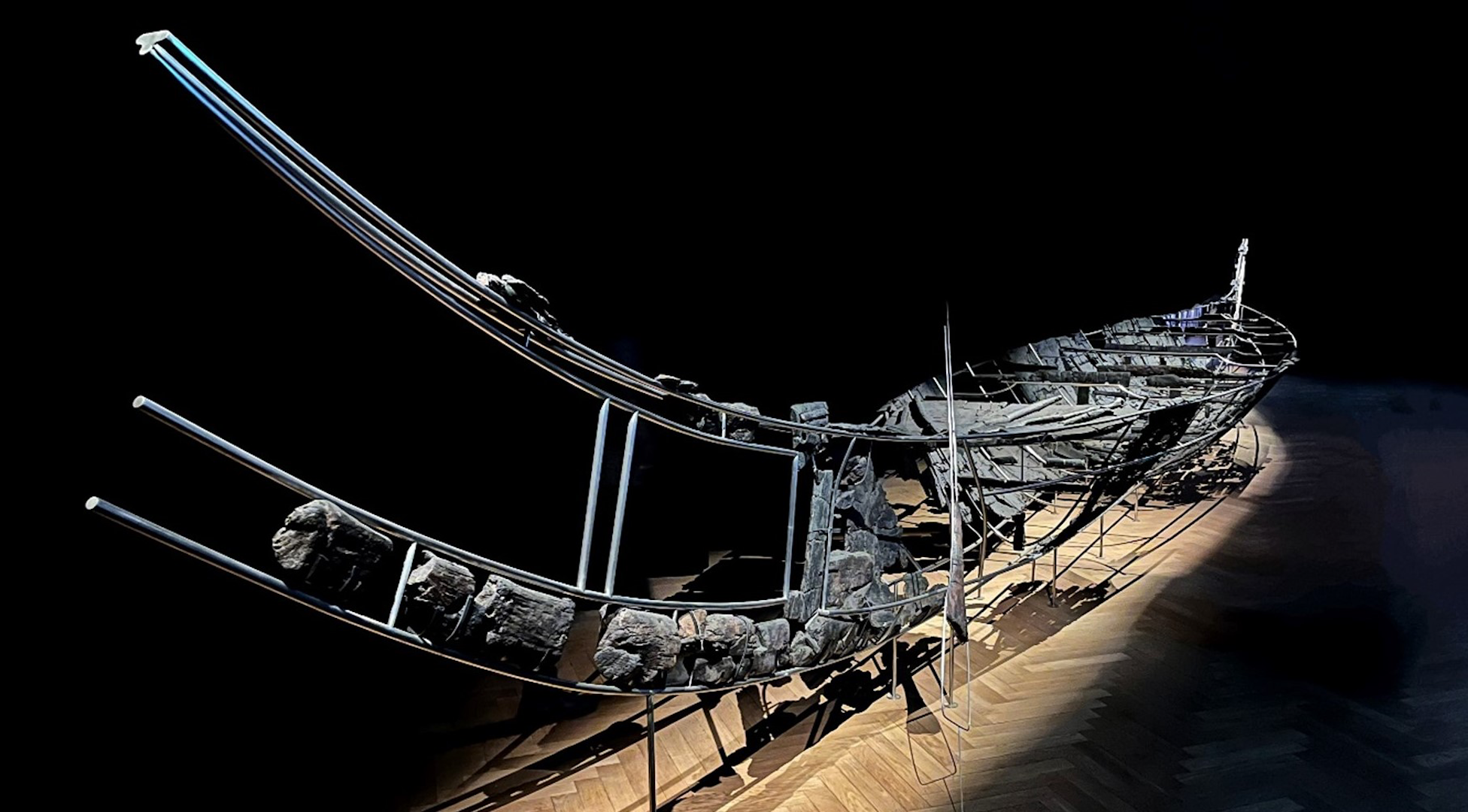Remembering the Fallen: Memorials Gallery
Paying Homage
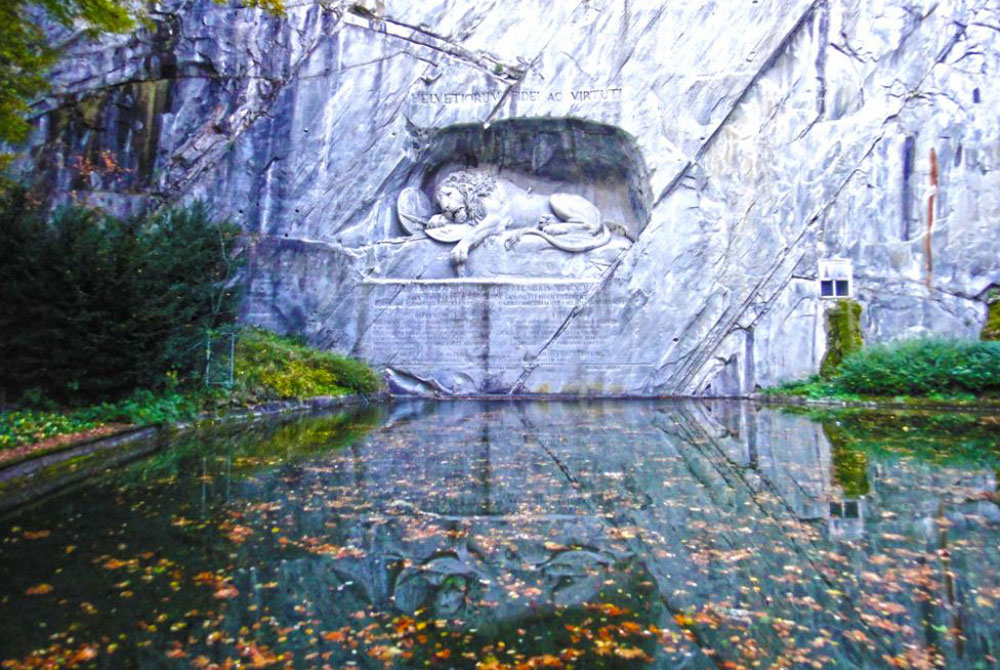
The monuments in this gallery commemorate fallen soldiers and honor those who were the victims of tragedies such as Sept. 11 and the Holocaust. The haunting memorial above is called the Lion of Lucerne and pays homage to the Swiss soldiers who were massacred during the French Revolution.
The National September 11 Memorial
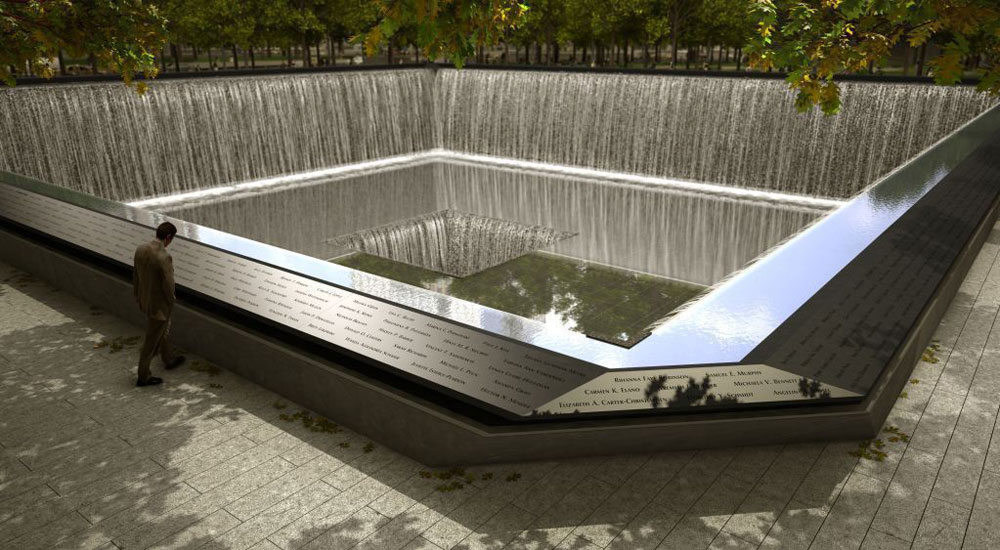
The National September 11 Memorial lies at the heart of Ground Zero in lower Manhattan. The memorial consists of two shallow reflecting pools located where the Twin Towers once stood and serves as a reminder of those lost in the Sept. 11, 2001, terrorist attacks as well as the 1993 World Trade Center bombing.
Memorial from Above
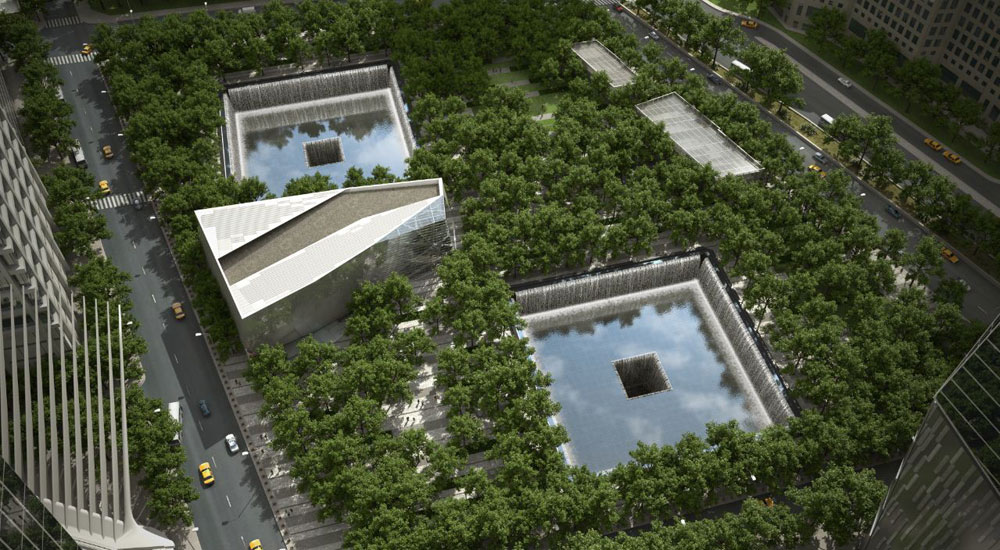
The sunken pools are surrounded by more than 400 leafy white oak trees, with ivy bordering the walkways, to provide a reflective sense of calm for those who come to pay their respects at the Sept. 11 memorial. The museum is below the memorial plaza and includes artifacts, testimonies, personal effects and expressions of remembrance for the victims of the tragedies, as well as the history of the World Trade Center.
Memorial from Above
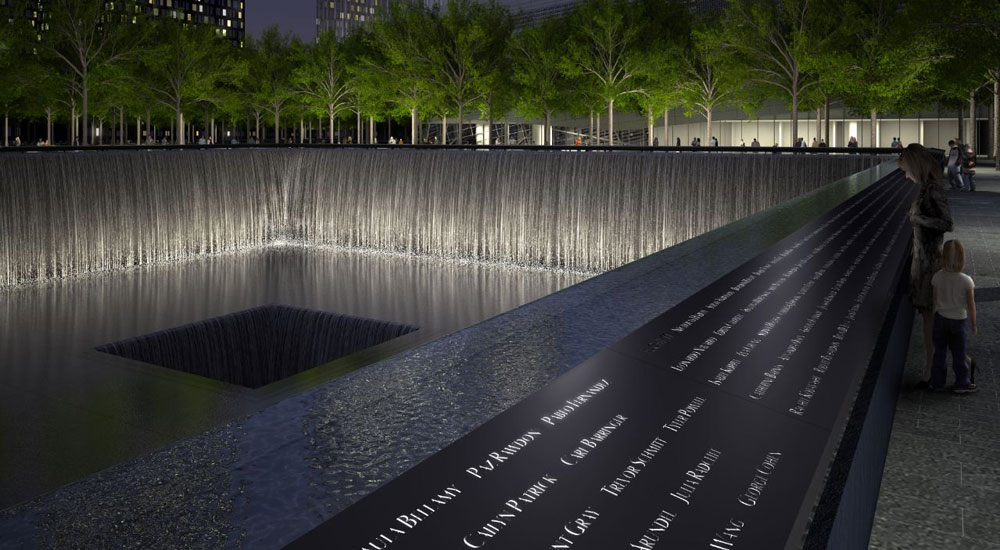
Also known as Reflecting Absence, the National Sept. 11 Memorial pools are each 30 feet (9.14 meters) deep. The names of the nearly 3,000 men, women, and children that were killed in the attacks of Sept. 11, 2001, and Feb. 26, 1993, are inscribed on the bronze plaques that border the twin pools. The memorial will be dedicated on the 10th anniversary of the attacks, Sept. 11, 2011, and the Memorial Museum and pavilion are expected to be accessible to the public in September 2012.
Soldiers and Sailors
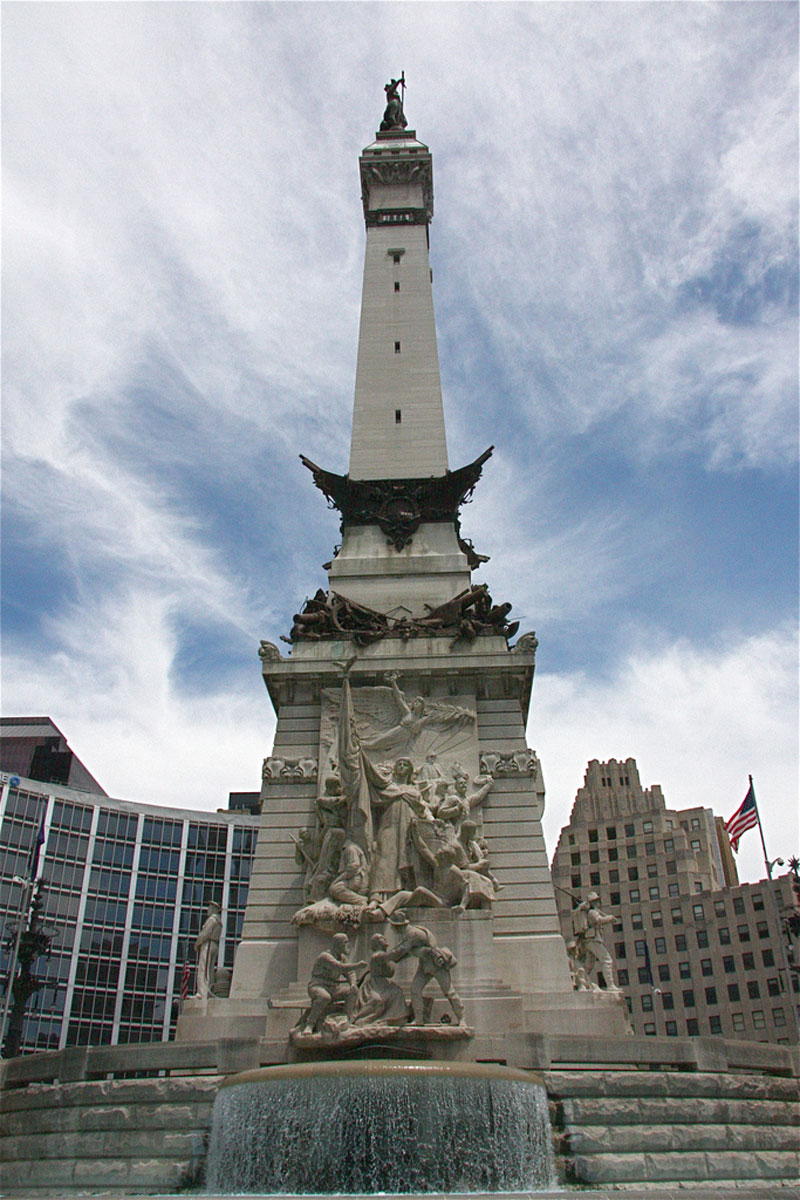
Standing at about 285 feet (87 meters) tall, the Soldiers' and Sailors' Monument is located in the center of Indianapolis, Ind. The structure is about 21 ft. (6.4 m) shorter than the 305-foot (93 m) tall Statue of Liberty. Made using gray limestone and bronze, it was completed in 1901 and commemorates veterans of the American Revolutionary War, which lasted from 1775 to 1783. Just above the middle of the monument, four bows — the front section of a ship — jut out to symbolize those lost at sea during the war.
Women of War

The Women of World War II is a British war memorial located in Whitehall, London. The 22-foot-high (6.7 m), dark bronze sculpture serves to honor the contributions of women to the war effort. It features 17 different "hung-up" clothes and uniforms that women wore at their jobs during the war. The sculpture was dedicated by Queen Elizabeth II in 2005.
Remembering Pearl Harbor
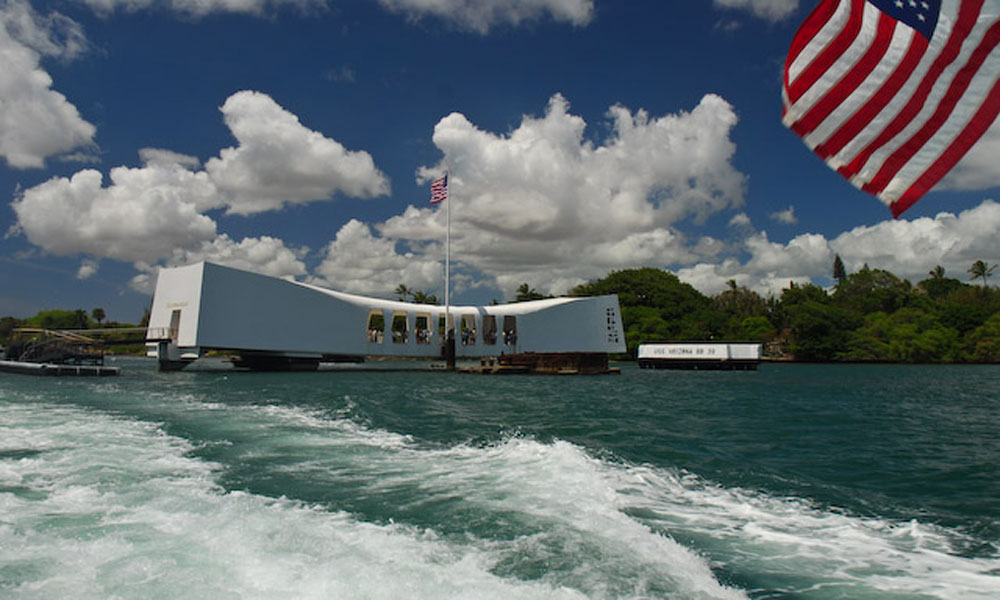
The USS Arizona Memorial is located at Pearl Harbor in Honolulu, Hawaii, floating above the hull of the "USS Arizona," a U.S. Navy battleship that sank after the Imperial Japanese Navy launched a surprise military strike on Dec. 7, 1941. Pearl Harbor was one of the worst naval disasters in American history, with 1,177 sailors dying on the "USS Arizona" during the attack. The all-white, 184-foot-long (56 m) floating memorial can be reached by boat, and includes a shrine dedicated to the sailors, along with a museum with exhibits about the Pearl Harbor attack.
Get the world’s most fascinating discoveries delivered straight to your inbox.
The Motherland Calls

Built in 1967, the Motherland Calls memorial is located in Volgograd, Russia. It commemorates the Battle of Stalingrad, which took place from 1942 to 1943, when the Soviet Union fought off Nazi forces that were trying to seize control of the city of Stalingrad, which is now known as Volgograd. Measuring from the tip of her sword, the statue stands at about 280 feet (85 m). At night, a focused light shines on the statue, illuminating the tip of the sword.
Moving Piece of Stone

The Lion of Lucerne, also known as the Lion Monument or the "Lowendenkmal" in German, was carved out of a former sandstone quarry near Lucerne, Switzerland, in 1820–21. The lion is impaled by a spear, with his paw resting on the French monarchy's shield, while a shield bearing Switzerland's coat of arms stands nearby. It commemorates the nearly 800 Swiss Guards who were massacred in 1792 during the French Revolution, when revolutionaries attacked the Tuileries Palace in Paris, France. Above the monument, a Latin inscription honors the loyalty and bravery of the Swiss mercenaries. Mark Twain regarded it as "the most mournful and moving piece of stone in the world."
The Korean War Veterans Memorial
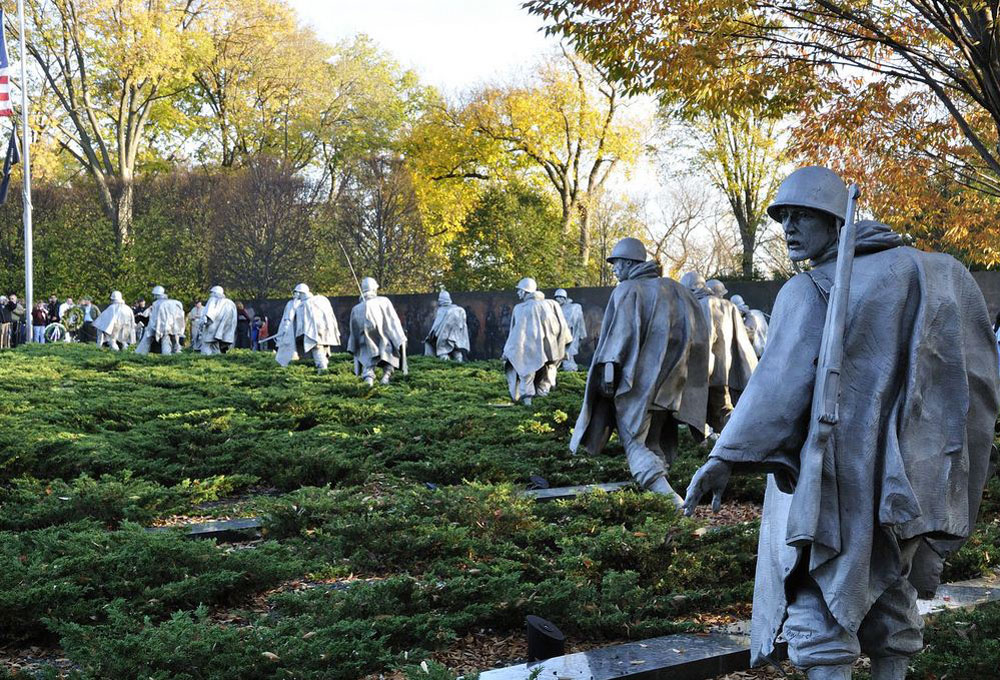
Located in Washington, D.C., the Korean War Veterans Memorial serves as an expression of gratitude to the U.S. soldiers who gave their lives to restore freedom to South Korea during the Korean War, which lasted from 1950 to 1953. Built in 1986, the memorial consists of 19 stainless-steel statues that represent armed ground troops on patrol, donning rain slickers and helmets. "Our nation honors her sons and daughters who answered the call to defend a country they never knew and a people they never met," reads an inscription on the memorial's plaque. On the south side of the statues sits a 164 foot-long(50 m) black polished granite wall with photographs of the faces of fallen soldiers and people involved in the war sandblasted onto its surface.
Honoring French Armies

One of the most well-recognized and celebrated symbols of Paris, the Arc de Triomphe serves to commemorate all French armies. It is located at the western end of the Champs Elysees in the center of the Place Charles de Gaulle, an area also known as the Place de l'Etoile. The names of French generals and the wars they fought in are engraved inside of the arc, while the Tomb of the Unknown Soldier lies underneath the arc. The Arc de Triomphe was built between 1806 and 1808 and originally honored Napoleon Bonaparte's military victories.


